Year 1909 | Location Boston, United States Created 1909 | |
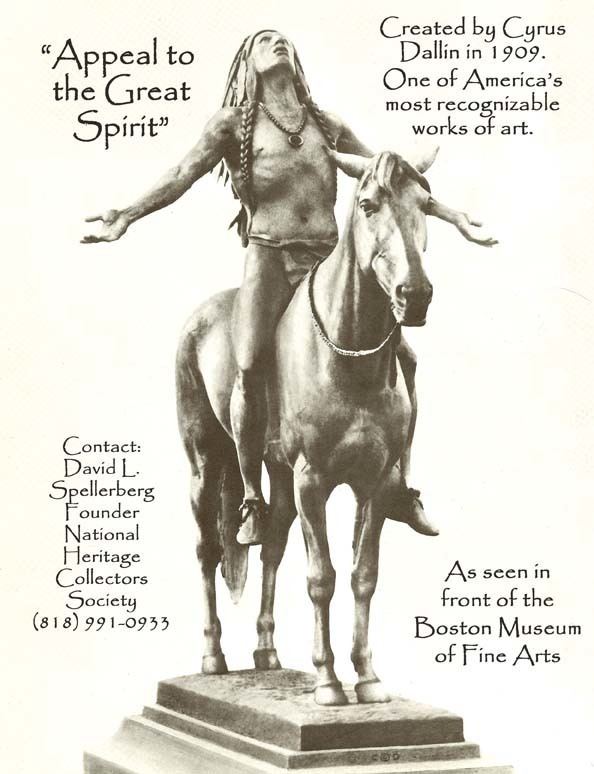 | ||
Dimensions 290 cm × 250 cm × 300 cm (114 in × 100 in × 120 in) Similar Cyrus Edwin Dallin artwork, Other artwork | ||
Appeal to the Great Spirit is a 1909 equestrian statue by Cyrus Dallin, at the Museum of Fine Arts, Boston. It was the last in his four-piece series, The Epic of the Indian. A statuette of it is in the permanent collection of the White House, and decorated President Bill Clinton's Oval Office.
Contents

History
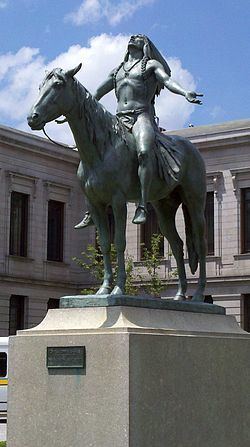
Dallin, a native of Utah, had a large amount of interaction with Native American children while growing up. This provided him with unique insights that he was to call upon while creating this, and other, works. The actual model who posed for the sculpture was Antonio Corsi, an Italian, who modeled for the great painters and sculptors of the era.
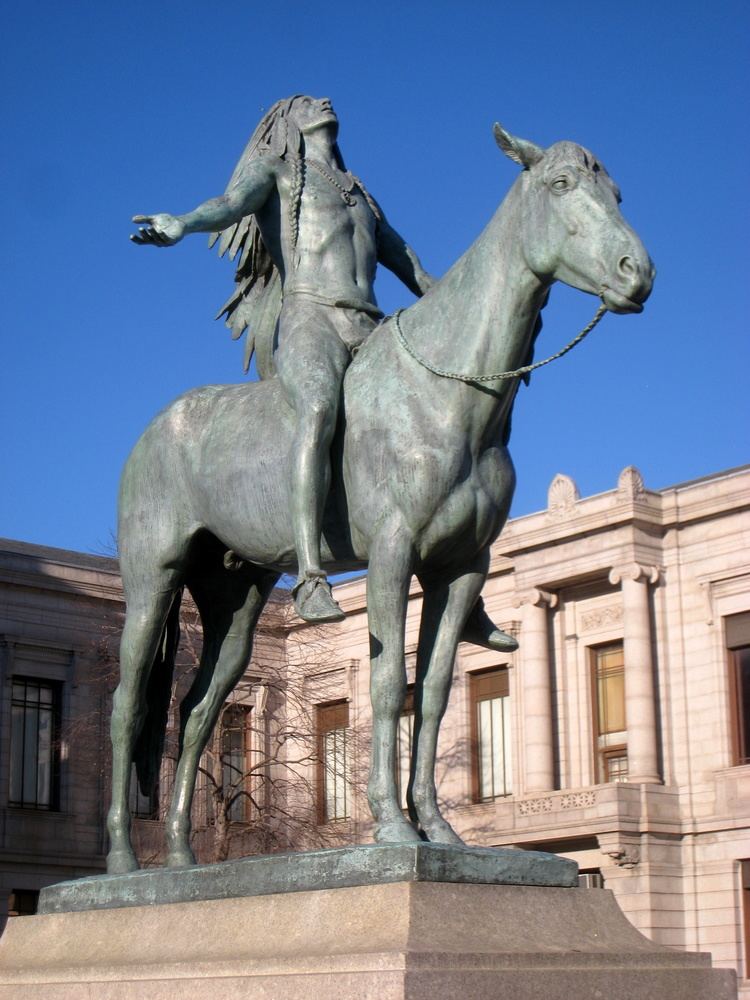
In 1909, the sculpture was cast in Paris, and won a gold medal for its exhibition in the Paris Salon. On January 23, 1912, it was installed outside the main entrance to the Boston Museum of Fine Arts. A restoration of the Boston version was reversed at Dallin's request because he preferred the light green tones that had developed on the equestrian sculpture over time rather than the typical "statuary brown" patina the conservator applied prior to consulting him.
Smaller versions

An edition of nine 40-inch bronzes of the statue was produced about 1922. One example stands as the centerpiece of the Tower Room of Dartmouth College's Baker Tower, the college's main library and most iconic building. There is a full-scale model in Muncie, Indiana, in the "Y" of the intersection of Walnut and Granville streets in the Wysor Heights Historic District (40.20485°N 85.38602°W / 40.20485; -85.38602), and is considered by many residents to be a symbol of Muncie. A plaster example in this size is at the Cyrus Dallin Museum in Arlington, Massachusetts, and another is in the Rockwell Museum in Corning, New York. Central High School in Tulsa, Oklahoma possesses another plaster example, which was used, in 1985, as the model for a bronze version. The casting was done by American Artbronze Fine Arts Foundry under the direction of Howard R. Kirsch. The heroic sized bronze is now installed in Woodward Park in Tulsa, Oklahoma, at the intersection of 21st Street and Peoria.(36.13276°N 95.97489°W / 36.13276; -95.97489).
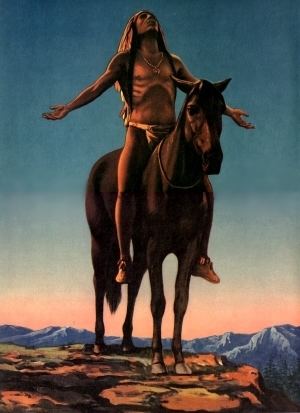
Examples of the 21-inch bronze statuette are at the White House, the U.S. Department of State, and many American museums.
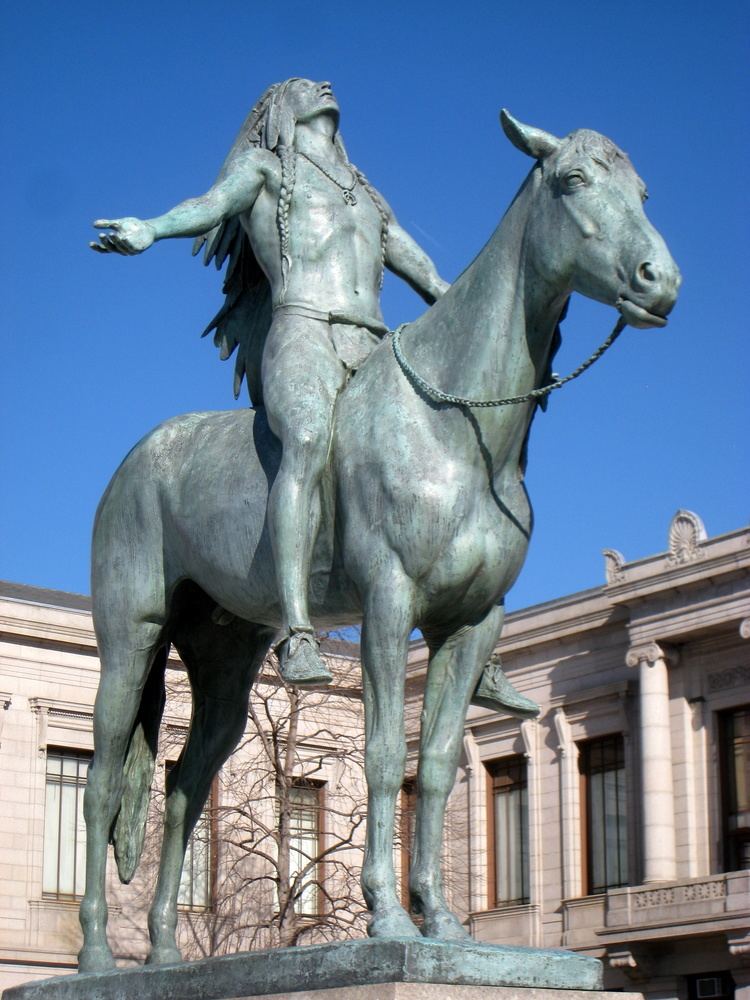
An 8-1/2-inch miniature edition was produced by the Gorham Manufacturing Company in 1913; in 2009, No. 263 sold for $9,375.
